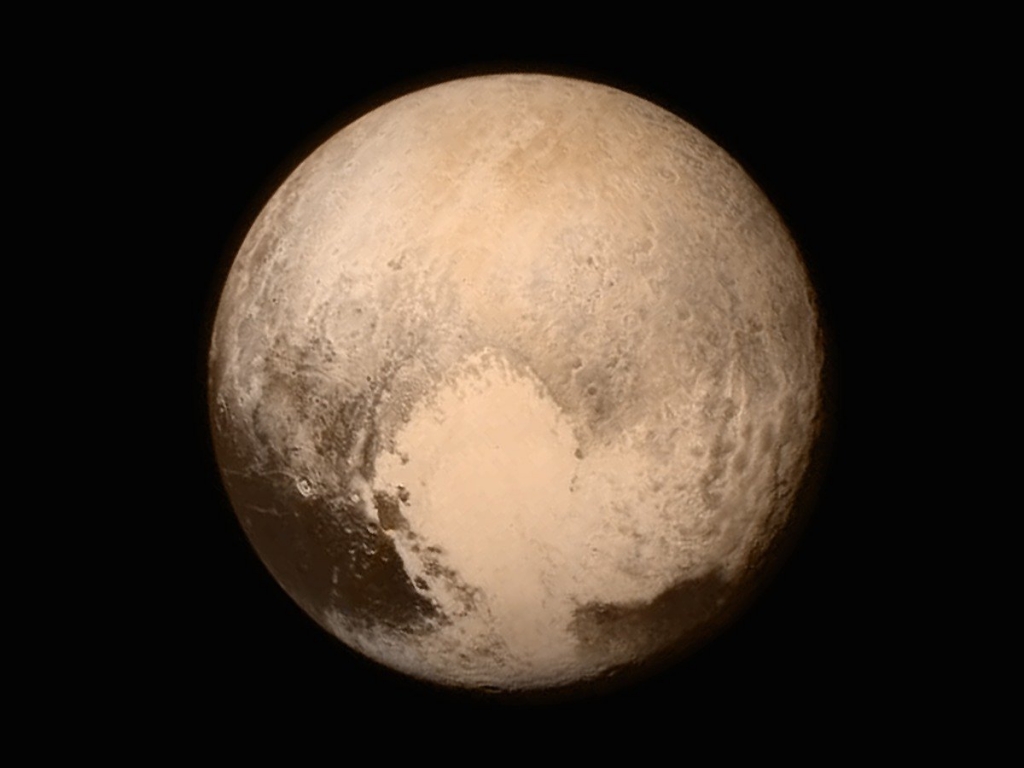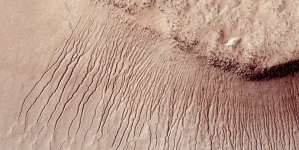-
Tips for becoming a good boxer - November 6, 2020
-
7 expert tips for making your hens night a memorable one - November 6, 2020
-
5 reasons to host your Christmas party on a cruise boat - November 6, 2020
-
What to do when you’re charged with a crime - November 6, 2020
-
Should you get one or multiple dogs? Here’s all you need to know - November 3, 2020
-
A Guide: How to Build Your Very Own Magic Mirror - February 14, 2019
-
Our Top Inspirational Baseball Stars - November 24, 2018
-
Five Tech Tools That Will Help You Turn Your Blog into a Business - November 24, 2018
-
How to Indulge on Vacation without Expanding Your Waist - November 9, 2018
-
5 Strategies for Businesses to Appeal to Today’s Increasingly Mobile-Crazed Customers - November 9, 2018
Conditions on Pluto: Incredibly hazy with flowing ice
Yet another photo (below) taken July 15 upon New Horizons departure, shows Pluto backlit by the sun and its atmosphere in this hazy ring.
Advertisement
Scientists with NASA’s New Horizons mission have released fresh images taken by the spacecraft, and these unprecedented views of the dwarf planet’s surface are nothing short of spectacular. Classification be damned, Pluto is an fantastic little world, and this high-res, enhanced-color image is the latest awe-inspiring portrait of it. And it’s revealing all sorts of fascinating details about the dwarf planet’s active surface.
In the northern region of Pluto’s Sputnik Planum, swirling ices appear to flow much like glaciers on Earth.
NASA’s New Horizons spacecraft, which travelled three billion miles over nine years to get its close up of Pluto, also found layers of haze stretching 100 miles into the atmosphere. The Mission discovered many distinctive terrains just days before the vessel flew past its primary target.
NASA expects to learn even more about Pluto over the next 16 months as it sends its trove of data back to Earth.
Tombaugh Regio, otherwise referred to as the “heart” of Pluto has lobes like a real heart, said Michael Summers, New Horizons co-investigator at George Mason University in Fairfax, Virginia. “But to see evidence for recent geologic activity is simply a dream come true”, said New Horizons scientist William McKinnon, with Washington University in St. Louis.
The ice on Pluto is frozen methane, nitrogen and carbon dioxide, scientists said, and they now theorize Pluto has a rocky core with a deep ice covering and possibly a liquid ocean far below the surface.
Temperatures on Pluto are minus 380 degrees Fahrenheit, and so water ice would not move anywhere in such extreme cold. This image shows Pluto’s atmosphere as it escapes the grasp of the little gravity Pluto inflicts.
The nitrogen ice flows were observed in Sputnik Planum – a Texas-sized plain in Pluto’s Tombaugh Regio, the heart-shaped region near the dwarf planet’s equator, according to NASA. For mission scientists, this find is particularly exciting as they slowly are deciphering Pluto’s surface composition, where the lighter and darker regions meet.
But starting in mid-September, “the spigot opens again”, promised Stern, a scientist at the Southwest Research Institute. “We’re enjoying a great deal of animated discussion”, McKinnon says.
Advertisement
The Norgay Mountains discovered by New Horizons on July 15 more closely approximate the height of the taller Rocky Mountains.





























